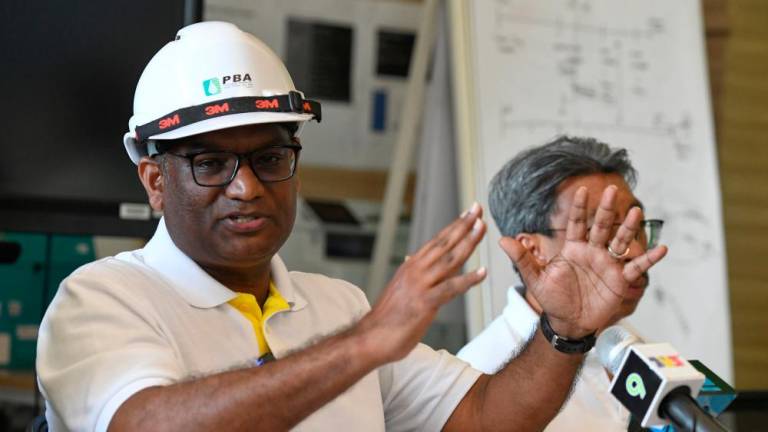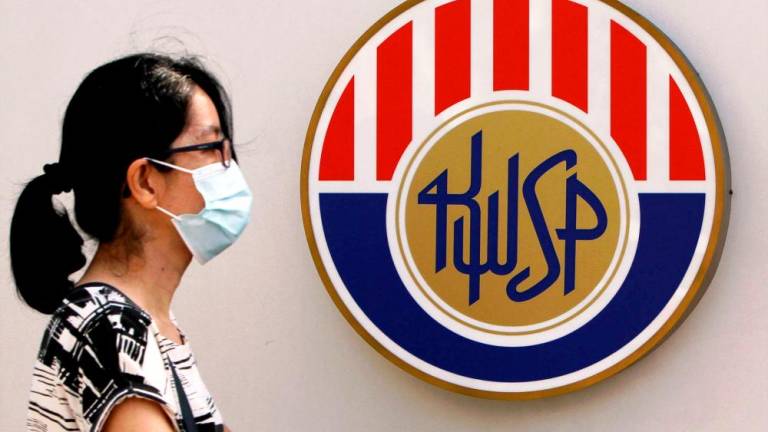PETALING JAYA: Private equity and venture capital (VC) funds are expected to flow along the systemic shift in consumption patterns towards e-commerce as Covid-19 moves to an endemic phase, according to TAEL Partners deputy CEO Loong Mei Yin.
While noting that there are some people who believe there will be no end to the pandemic, she takes a positive view on the situation, saying the human race will always be able to cater to the shifts in lifestyle and consumption patterns.
Data on e-commerce merchandise value in six key markets of Southeast Asia indicated it grew from US$5 billion in 2015 to US$38 billion in 2019 and subsequently grew to US$62 billion in the following year, she said.
“A phenomenal growth trend. This points to a systemic shift in growth and demand, underpinned by this development we expect to see more capital to go into innovative fintech, e-commerce and healthtech sectors,” Loong said during a virtual panel discussion at the launch of Preqin’s Alternative Assets in Southeast Asia report on Thursday.
Against this backdrop, she anticipates a lot more capital flowing into this space, catering to this big shift in consumption growth. However, she pointed out such growth will also translate into an increase in plastic packaging consumption and waste. Therefore, she espoused for more capital to be channelled towards sustainability as part of a circular capital approach to ensure a balanced approach to capital deployment.
Vertex Ventures Southeast Asia & India managing partner Ben Mathias opined that the region’s appeal to VC is driven by its demographics, technology-savvy population, growing middle class and gross domestic product growth. To a large extent the draw is also due to the policies and regulations introduced by the various governments that encourage innovation in technology.
He laid out that this year alone there have been 377 deals completed with an aggregate deal value of more than US$10 billion (RM41.5 billion) and there have been 13 unicorns created. Meanwhile, Southeast Asia saw US$2 billion in exit value last year and US$1.2 billion in exit value so far for this year.
“That is a strong indicator that the region is becoming more and more prominent as an investment destination.”
Valuations and capital aside, Mathias also noticed the development of a more diversified sector.
“Five years ago, VCs were primarily going into e-commerce but today we have seen them going into a variety of different sectors,” he said.
Over the last few years, he observed, the agriculture and food supply chain has grown in prominence, accelerated by the pandemic as countries aim to be self-sufficient in food production, a trend that has accelerated due to the border closures. In this sector, several companies such as Indonesia-based Aruna and Tanihub have made food supply chains more efficient. Similar development can also be seen in the healthcare segment.
Mathias also found the emergence of direct-to-consumer brands, as online spending gained traction at the outset of the pandemic.
“As brands realise they are really dependent on marketplaces for sales, they realise the need to go directly to customers. So we’ve seen a lot of brands going directly to customers first through their own app and websites.”
He lauded the innovation seen in fintech, given the emergence of new fintech models such as “buy now pay later”, the emergence of digital insurance and branchless banking. “A few years ago, it was all about e-commerce. Today it’s about a variety of different sectors that are being innovated through the use of technology.”
In regard to the perennial question of exit, Qualgro’s founder and managing partner, Heang Chhor, believes great companies will always find an exit.
Apart from the usual route of initial public offerings, he pointed out that merger and acquisition opportunities by US, Japanese and Chinese players coming to Southeast Asia to build a platform outside the region could be an alternative.
“We have seen a few of those happening locally through some of our companies, with companies buying out startups in Southeast Asia. This will also be another growing trend that we see in the region, whether it is building a global player or a regional player, there will be an exit,” said Heang.
“Therefore it is our obsession to help entrepreneurs grow and scale regionally and globally, as there will always be an exit,” he added.










